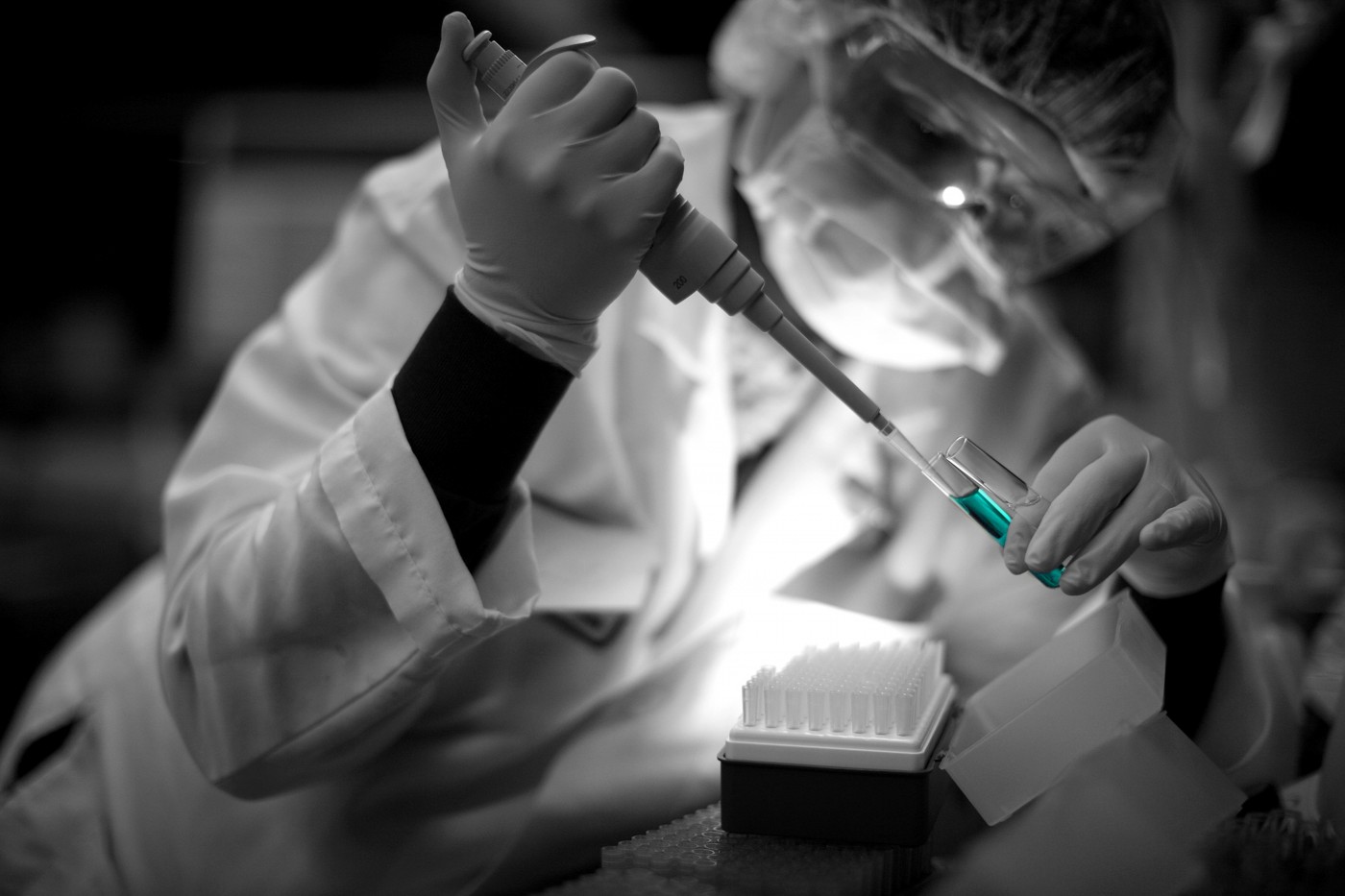Cure SMA Awards Scientist Arthur Burghes with $140,000 for Research Project

As a part of Cure SMA’s basic research funding, Arthur Burghes, Ph.D., from The Ohio State University, has been awarded $140,000 for his project, “Defining the contribution of RNP assembly pathways to the SMA phenotype.”
Burghes’ research will focus on the cellular function of survival motor neuron (SMN) proteins in the hope to learn more about what SMN does to each cell to help it function correctly.
“The basic biological function of SMN that is disrupted in SMA is not known,” Burghes said in a press release. “Using SMN mutations that occur in SMA patients, we can dissect the function of SMN. In turn we can identify genes in the same biological pathway that may serve as novel therapeutic targets.”
People who suffer from spinal muscular atrophy (SMA) have a genetic mutation in the SMN1 gene and don’t produce SMN protein at levels that are high enough. It is known that this process leads to shrinkage of motor neurons, and eventually death, but researchers are also investigating other side effects of SMN protein loss, which might reveal more about its functions and how to effectively treat SMA.
“The project objective is to determine the cellular function of the SMN protein that causes SMA,” Burghes said. “SMN protein is known to function in the cellular process call RNA protein assembly. This project hopes to define RNA protein assembly as the critical pathway that is disrupted in SMA when SMN protein levels are low, as well determining what specific problems this causes. This will facilitate the identification of molecular targets downstream of the assembly pathway to possibly identify new drug targets.”
Burghes is currently a professor of molecular and cellular biochemistry at The Ohio State University. A graduate of the University of London, he began his research career by studying positional cloning of the Duchenne muscular dystrophy gene, and investigating if the same techniques could be applied to SMA.
While working with a multidisciplinary team of scientists, Burghes thought that SMA could benefit from the same research approaches used in the lab for other disorders, and he began his own lab at Ohio State back in 1988 to pursue his interest in SMA research.
He claims to have never looked back ever since: “Along with the many graduate students, post-docs and research scientists who have passed through my lab (some of whom still work on SMA), I was involved in mapping the gene for SMA as well as characterization of SMN in various ways; created the mouse model of SMA that has been distributed worldwide for use in SMA research; identified chemical compounds and other types of therapies with potential therapeutic benefit. The majority of the professionals who trained in my laboratory are still active in SMA research. I hope that I have inspired their dedication to this worthy cause,” Burghes said.







